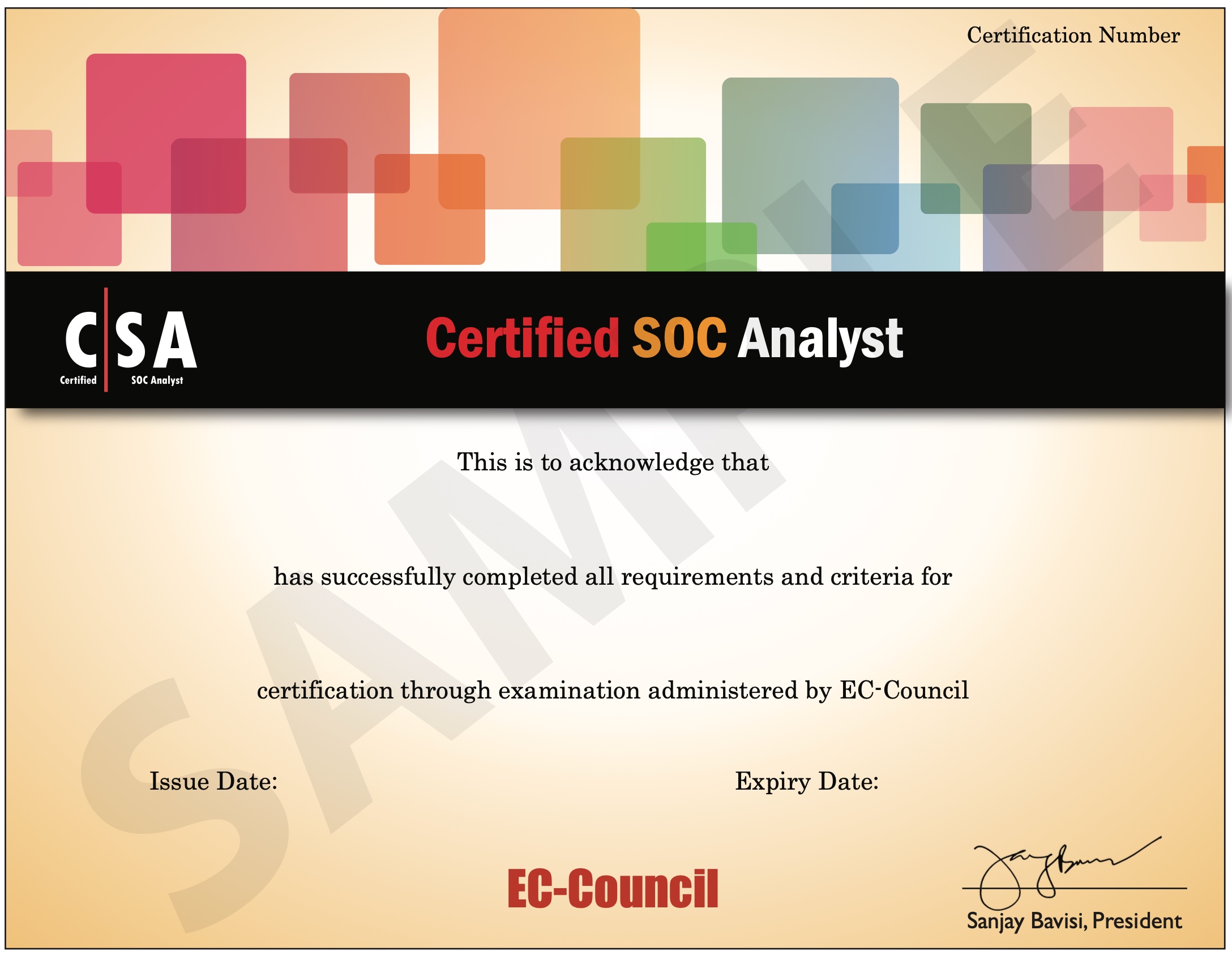Web Application Hacking and Security (WAHS)
Course Overview

Web Application Hacking and Security has challenges derived from the iLab environments of EC Council – from Certified Ethical Hacker (C|EH) to the Certified Penetration Testing Professional (C|PENT); from Certified Application Security Engineer (C|ASE) .Net to Java. But Web Application Hacking and Security goes beyond this to more difficult scenarios as you advance through each problem.
Web Application Hacking and Security is like Capture-The-Flag (CTF) competitions meant to test your hacking skills. But you can keep on trying until you achieve the goal. Test your skills and work alone to solve complex problems or follow the instructor as he does walkthroughs to help you learn Web Application Hacking and Security.
Most of the work we do on a day-to-day basis uses cloud-based apps that are vulnerable to cyber-attacks.
There are currently 43,986 exploits (and growing) in the Google Hacking Database1 and the total number of Common Vulnerabilities and Exposures (CVE) is at a record high with over 18,000 published in 2020 alone!
Break The C☄de
Step into the world of Break the Code, where every challenge sharpens your skills and tests your mindset as an ethical hacker. Along the way, you’ll face real-world vulnerabilities—security misconfigurations, SQL injection flaws, directory browsing gaps, enumeration weaknesses, and privilege escalation scenarios that guard valuable information.
Each stage grows tougher, pushing you to think creatively and exploit vulnerabilities just like a pro. There are always multiple routes to explore, but only the sharpest decisions will unlock the prize and propel you up the leaderboard.
Who Should Attend ?
- Penetration Tester
- Ethical Hacker
- Web Application Penetration Tester
- Security Engineer/Auditor
- Red Team Engineer
- Information Security Engineer
- Risk/Vulnerability Analyst
- Vulnerability Manager
- Incident Responder
Exam Information
A fully online, remotely proctored practical exam that challenges candidates through a grueling 6-hour performance-based, hands-on exam. The exam assesses candidates’ skills and proficiencies on a broad spectrum of OWASP Top-10 web application vulnerabilities and attack vectors. The assessment is not limited to only the understanding of automated exploitation frameworks but requires a deep understating of various web application technologies, their inherent and acquired vulnerabilities, and manual exploitation techniques.
Course Content & Modules
Advanced Web Application Penetration Testing
Master comprehensive web application security assessment methodologies, including reconnaissance, vulnerability identification, and exploitation techniques for modern web applications.
Advanced SQL Injection (SQLi)
Learn advanced SQL injection techniques including blind SQLi, time-based attacks, union-based exploitation, and database-specific injection methods.
Reflected, Stored and DOM-based Cross Site Scripting (XSS)
Explore all types of XSS vulnerabilities including reflected, stored, and DOM-based attacks, along with advanced payload crafting and bypass techniques.
Cross Site Request Forgery (CSRF) – GET and POST Methods
Master CSRF attack techniques for both GET and POST requests, including advanced exploitation methods and token bypass strategies.
Server-Side Request Forgery (SSRF)
Learn to exploit SSRF vulnerabilities to access internal services, cloud metadata endpoints, and perform port scanning through web applications.
Security Misconfigurations
Identify and exploit common security misconfigurations including default credentials, exposed debug information, and insecure file permissions.
Directory Browsing/Bruteforcing
Master directory enumeration techniques using automated tools and manual methods to discover hidden files, directories, and sensitive information.
CMS Vulnerability Scanning
Learn to identify and exploit vulnerabilities in Content Management Systems like WordPress, Joomla, and Drupal using specialized scanning tools.
Network Scanning
Master network reconnaissance techniques including port scanning, service enumeration, and OS fingerprinting for web application environments.
Auth Bypass
Learn to bypass authentication mechanisms through parameter manipulation, session hijacking, and exploiting flawed authorization logic.
Web App Enumeration
Master web application enumeration techniques to discover hidden functionality, parameters, and attack vectors through systematic reconnaissance.
Dictionary Attack
Learn to perform dictionary and brute force attacks against login forms, password fields, and authentication mechanisms.
Insecure Direct Object Reference Prevention (IDOR)
Identify and exploit Insecure Direct Object References to access unauthorized data by manipulating object references in URLs and parameters.
Remote File Inclusion (RFI)
Learn to exploit Remote File Inclusion vulnerabilities to execute malicious code on target servers through insecure file inclusion mechanisms.
Arbitrary File Download
Exploit file download vulnerabilities to access sensitive files, configuration files, and source code from web servers.
Arbitrary File Upload
Learn to exploit insecure file upload functionality to upload malicious files, webshells, and gain remote code execution.
Using Components with Known Vulnerabilities
Identify and exploit outdated components, libraries, and frameworks with known security vulnerabilities in web applications.
Command Injection
Master command injection techniques to execute arbitrary system commands through vulnerable web application parameters and functions.
Remote Code Execution
Learn to achieve remote code execution through various attack vectors including file uploads, code injection, and deserialization vulnerabilities.
File Tampering
Exploit file tampering vulnerabilities to modify configuration files, logs, and application data through insecure file handling mechanisms.
Privilege Escalation
Learn web-based privilege escalation techniques to gain higher-level access and bypass authorization controls in web applications.
Log Poisoning
Master log poisoning techniques to inject malicious payloads into application logs and exploit log-based vulnerabilities.
Weak SSL Ciphers
Identify and exploit weak SSL/TLS configurations, deprecated ciphers, and cryptographic vulnerabilities in web applications.
Cookie Modification
Learn to manipulate cookies, session tokens, and HTTP parameters to bypass authentication and authorization controls.
Source Code Analysis
Master static code analysis techniques to identify security vulnerabilities, backdoors, and malicious code in web application source code.
HTTP Header modification
Learn to manipulate HTTP headers including User-Agent, Referer, and custom headers to bypass security controls and exploit vulnerabilities.
Session Fixation
Exploit session fixation vulnerabilities to hijack user sessions and gain unauthorized access to user accounts and sensitive data.
Clickjacking
Master clickjacking attack techniques using iframe overlays to trick users into performing unintended actions on web applications.
Earn Your Industry-Recognized Certificate
Upon successfully passing the examination for this course, participants will be awarded a certificate, an example of which is shown below.




